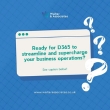Cybersecurity is a critical concern for businesses of all sizes. A robust cybersecurity framework not only protects sensitive data but also ensures the resilience and continuity of business operations.
This blog explores the essential components and best practices for building a strong cybersecurity framework, providing valuable insights for businesses seeking to enhance their cyber defences.
What is a Cybersecurity Framework?

A cybersecurity framework is a set of guidelines, best practices, and standards designed to help organisations manage and reduce cybersecurity risk.
These frameworks provide a structured approach to securing information systems and data, ensuring comprehensive protection against cyber threats.
Key Components of Cybersecurity Frameworks
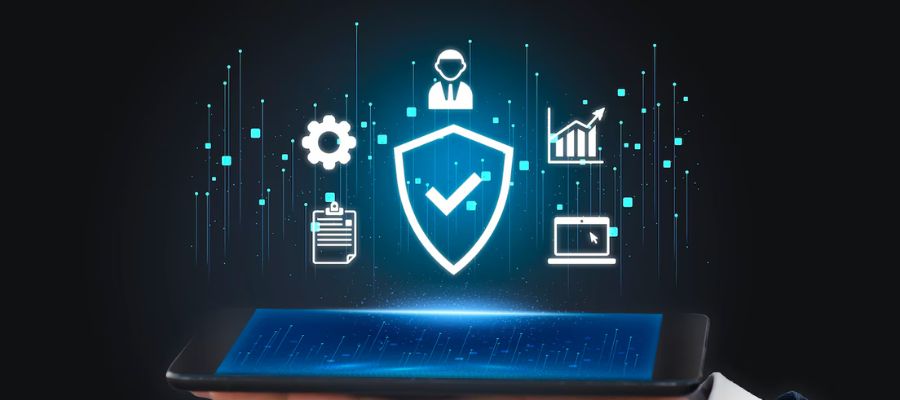
1. Risk Assessment and Management
Understanding potential threats and vulnerabilities is the first step in building an effective cybersecurity framework. This involves identifying critical assets, assessing potential risks, and implementing measures to mitigate these risks.
2. Governance and Compliance
Strong governance structures are essential for ensuring that cybersecurity policies are enforced and regulatory requirements are met. This includes establishing clear roles and responsibilities, as well as implementing policies for data protection and privacy.
3. Security Controls
Implementing appropriate security controls is crucial for protecting information assets in software consulting services. This includes technical controls like firewalls, encryption, and intrusion detection systems, as well as administrative controls such as security training and awareness programs.
4. Incident Response and Recovery
Being prepared for a cyber incident is just as important as preventing one. A comprehensive incident response plan outlines the steps to take in the event of a breach, ensuring a swift and effective recovery.
5. Continuous Monitoring and Improvement
Cybersecurity is an ongoing process. Regularly monitoring systems for vulnerabilities and staying up-to-date with the latest threat intelligence helps organisations continuously improve their defences.
Popular Cyber Security Frameworks
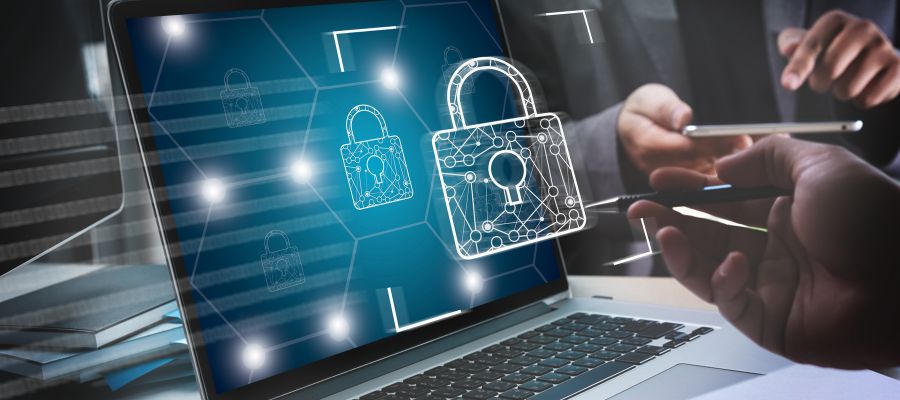
1. NIST Cybersecurity Framework (NIST CSF)
The National Institute of Standards and Technology (NIST) Cybersecurity Framework is widely regarded as one of the most comprehensive and flexible frameworks.
It consists of five core functions: Identify, Protect, Detect, Respond, and Recover. The NIST framework helps organisations of all sizes improve their cybersecurity posture.
2. ISO/IEC 27001
ISO/IEC 27001 is an international standard for information and data security management systems (ISMS). It provides a systematic approach to managing sensitive company information, ensuring its confidentiality, integrity, and availability.
3. CIS Controls
The Centre for Internet Security (CIS) Controls are a set of best practices that provide specific and actionable ways to improve cybersecurity. These controls are prioritised to help organisations focus on the most effective defensive measures.
4. COBIT
Control Objectives for Information and Related Technologies (COBIT) is a framework for developing, implementing, monitoring, and improving IT governance and management practices. It helps organisations align their IT strategy with business goals and manage IT-related risks.
Factors to Consider When Choosing a Cyber Security Framework
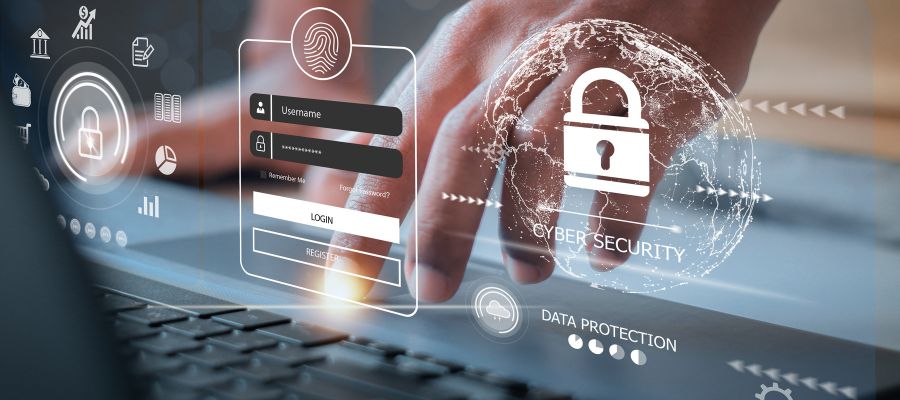
1. Organisational Needs and Objectives
Consider the specific needs and objectives of your organisation. Different frameworks offer different strengths, so choose one that aligns with your business goals and risk profile.
2. Regulatory Requirements
Ensure the chosen framework helps your organisation comply with relevant regulations and industry standards, especially in sectors like finance and healthcare, which have stringent data protection requirements. Effective customer support systems are essential in maintaining compliance and protecting sensitive information.
Consulting a business growth consultant can provide valuable insights, helping your compliance strategies support overall business growth.
3. Scalability
Select a framework that can scale with your organisation as it grows. This ensures that your cybersecurity measures remain effective as your business expands.
4. Resource Availability
Consider the resources—both human and technological—available to implement and maintain the framework. Some frameworks may require significant investments in training and technology.
What Are the Types of Cyber Security Frameworks?
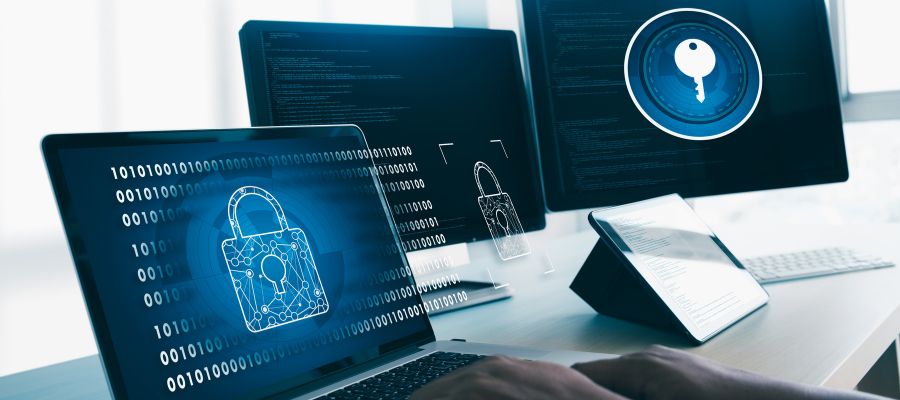
1. Control Frameworks
These frameworks focus on implementing specific security controls to protect information systems. Examples include the CIS Controls and NIST SP 800-53.
2. Programme Frameworks
Programme frameworks provide a comprehensive approach to managing cybersecurity across an organisation. Examples include the NIST CSF and ISO/IEC 27001.
3. Risk Frameworks
Risk frameworks help organisations identify, assess, and manage cybersecurity risks. Examples include the NIST Risk Management Framework (RMF) and the FAIR model.
Cyber Security Framework Best Practices

1. Integrate with Business Processes
A cybersecurity framework should be integrated with existing business processes to ensure seamless operation. This includes aligning security objectives with business goals and incorporating security measures into daily operations.
2. Regular Training and Awareness Programmes
Continuous training and awareness programmes help ensure that all employees understand their role in maintaining cybersecurity. This includes regular updates on new threats and best practices.
3. Leverage Technology
Utilise advanced technologies such as AI and machine learning to enhance threat detection and response capabilities. Tools for continuous monitoring, automated incident response, and threat intelligence can significantly improve your cybersecurity posture.
4. Collaborate with Experts
Engage with cybersecurity experts and consultants to stay updated on the latest threats and technologies. Business growth consultants, business intelligence consultancy services, and project management consulting services can also provide valuable insights for integrating cybersecurity with business strategies.
5. Regular Audits and Assessments
Conduct regular audits and assessments to ensure that your cybersecurity measures are effective and up-to-date. This includes vulnerability assessments, penetration testing, and compliance audits.
Conclusion
Building a strong cybersecurity framework is essential for protecting your organisation against cyber threats. By integrating business management software services and Power BI consulting services, understanding key components, choosing the right framework, and following best practices, you can create a robust defence system.
Stay proactive, continuously improve your security measures, and ensure your organisation remains resilient in the face of evolving cyber threats.




















